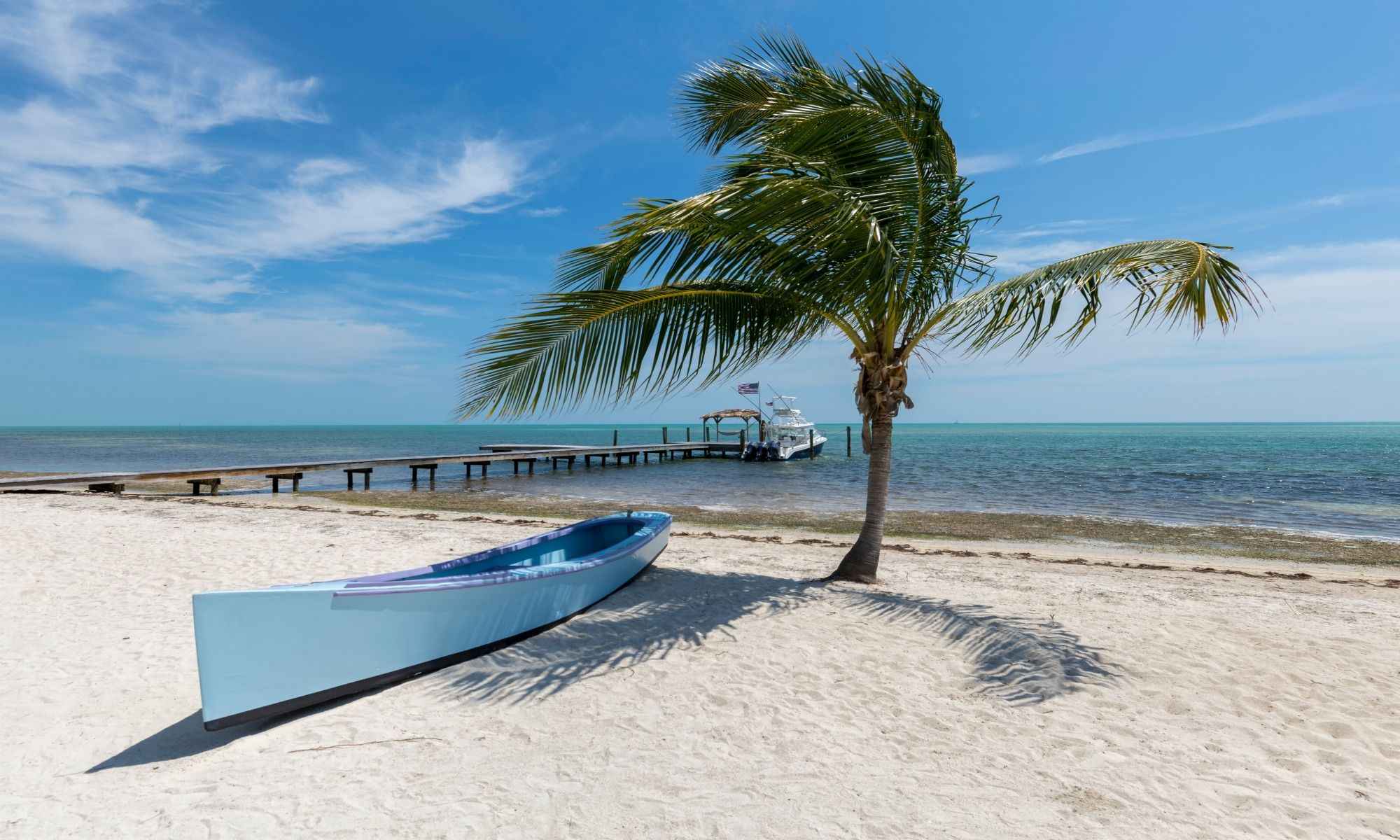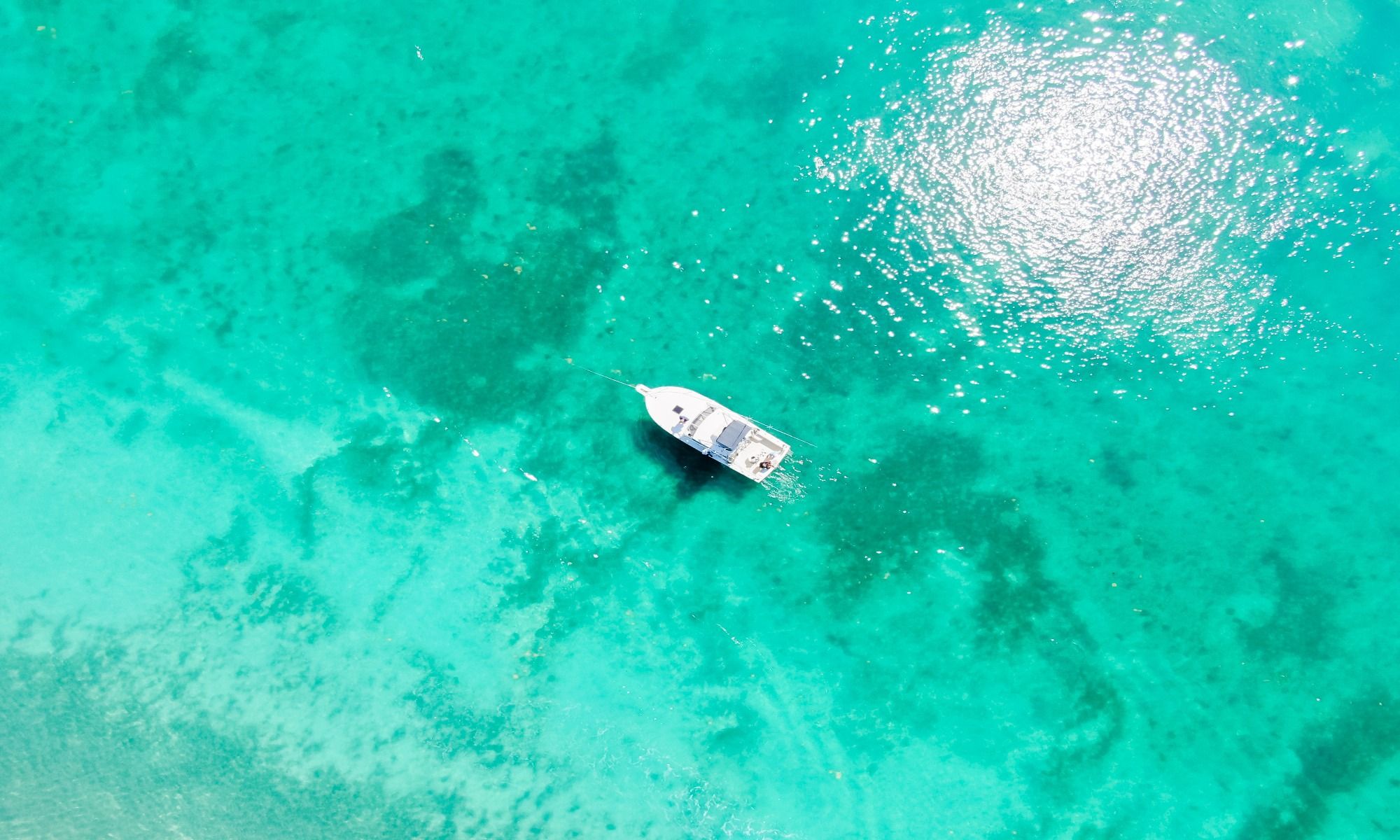Islamorada, FL Fishing: The Sport Fishing Capital of the World
Ever wondered what is the sport fishing capital of the world? Islamorada, FL, is the answer. Make sure to plan your next getaway here.

Located one hour south of Miami and sitting in between the Everglades National Park and the Florida Strait, Islamorada is a village of islands consisting of Plantation Key, Upper Matecumbe Key, Lower Matecumbe Key, Windley Key, along with Indian Key and Lignumvitae Key, which are both offshore. It is part of the legendary coral cay archipelago known as the Florida Keys. The village may seem unassuming but is actually a sport fishing capital. This is, after all, where saltwater fly fishing and backcountry sport fishing were born.
The name, Islamorada, originated from the Spanish explorers who once settled in the islands and translates to “purple island”. There are colorful theories surrounding the origin of the name. One relates to the purple sea snails which are known to gather in large groups at sea and occasionally get stranded on the shores, turning them purple. The second one relates to a climbing vine of rice paper flowers that were found to be native to South America. However, based on historical evidence, the name was only initially mentioned in public records in the 1900s, long after the Spanish explorers have come and gone. The name, Isla Morada, was coined by a certain William J. Krome, who arrived at the Florida Keys to work on the Florida East Coast Railway and subsequently bought acres of Upper Matecumbe Key and declared it the town of Isla Morada. According to his wife, Krome named the town thus by combining the Spanish words for island (“Isla") and home (“Morada”).
Today, Islamorada is heavily oriented towards tourism as a community. It’s a great destination to learn more about the Florida Keys and its history as well as an unbeatable jump-off point for many divers from all over the world. It has a thriving arts-and-culture scene that tourists and residents alike can enjoy at the Islamorada Founders Park and the Coral Shores Performing Arts Center. And because of its location smack dab in between the Atlantic Ocean and the Gulf of Mexico, the village is on the migration route of a great number of large fish species. No wonder it’s called the Sportfishing Capital of the World.
Islamorada Fishing
Islamorada reportedly has some of the world’s greatest number of offshore charter boats led by big-name tournament captains so you know this village is serious about its fishing. Trust the likes of fishing legends Ted Williams, Jimmy Albright and Cecil Keith who’ve all made their home here — fishing in Islamorada is a dream come true for many anglers.
Islamorada is known for its backcountry fishing — the niche practically originated in the area. While in other places, backcountry fishing may mean angling in streams while hiking mountains, in Florida, it exclusively refers to fishing inshore islands and flats. The average depth of water for backcountry fishing is normally at 3 feet, with some of the deepest parts at 6 to 7 feet. Fishing in the backcountry in Islamorada is perhaps one of the best ways to get to know the village and what its waters have to offer. And the best place to do so is the Florida Bay in fantastic Everglades National Park
Florida Bay consists of flats, channels, open bays, and tiny islands that anglers can access through the Everglades National Park. If you truly want to experience the best of what it has to offer, devote a whole day just to fly fish the area. It’s a remarkable place to fish on kayaks and flatboats. Here you can target a wide variety of species any time of the year, though of course, some seasons are better than others for some species. If you’re on the lookout for snook, redfish, and trout, you’ll do well among the mangroves, while you’ll find tarpon along the banks and tripletail and cobia in the deeper parts of the water with structure. Other species you might find here include crevalle jack, permit, bonefish, and ladyfish, just to name a few. Fishing in Florida Bay can be a fun day for the family, as its shallow and calm waters, weather permitting, won’t get anyone seasick. And if you’re new to fly fishing or introducing a family member or friend to the sport, there’s no better place to try than the Everglades National Park with a local Islamorada guide.

If you don’t want to go out into the waters just yet, fish from the shore or the bridges in Islamorada. The village has plenty, after all. From the bridges, you can target inshore species such as snook, jack crevalle, and mangrove snapper. Some of the best bridges to fish in the area include the Long Key Bridge and Channel #2 Bridge. Channel #2 Bridge is a lot more popular and can get pretty crowded compared to Long Key Bridge.
No trip to Islamorada will be complete without some reef and wreck fishing. One of the best reefs to fish in the area is Pickles Reef. This reef offers a combo of natural and artificial reefs on the Atlantic Ocean side of Islamorada, a few miles south of Key Largo. Here you can catch barracuda, blackfin and yellowtail tuna, hogfish, mangrove snapper, and grouper, as well as some common dolphinfish and sailfish on the outer parts. Similar to Pickles Reef, Conch Reef, a part of the Florida Keys National Marine Sanctuary, southeast of Plantation Keys, is made up of a mixture of artificial and natural reefs. The area yields pretty much the same catch you will find at Pickles Reef.
If you haven’t fished a shipwreck, then satisfy your curiosity at Eagle Wreck. This shipwreck was sunk on purpose in order to create an artificial reef near Lower Matecumbe Key. Here, you should follow the sight of many baitfish schools and on their tail, you will find common dolphinfish, sailfish, grouper, barracuda, and shark. Make sure to position your boat over the wreck. Another shipwreck that was intentionally sunk, the USS Spiegel Grove, situated off Key Largo, is a hotspot for common dolphinfish and grouper.
Fifteen miles out of Islamorada, you will find Islamorada Hump, a seamount that attracts plenty of species such as common dolphinfish, marlin, snowy grouper, sailfish, tuna, and wahoo. It’s quite a popular spot, so make sure to arrive early in the morning if you don’t want to compete with a crowd. The area yields plenty of catch, especially if you troll using live bait.
If you’re looking to flex your angling muscles and graduate to the big leagues, there’s no better place to do so than Islamorada. The village is home to several fishing tournaments — from the Gold Cup Tarpon Tournament, the Islamorada Sailfish Tournament, to the Cheeca All-American Backcountry Fishing Tournament. There are also tournaments geared towards hobbyists, so you can join the sport no matter what level you’re at.
Top 10 Fish Species in Islamorada, FL
The top 10 fish species to catch in Islamorada, FL include snook, redfish, tarpon, sailfish, mangrove snapper, barracuda, common dolphinfish, blackfin tuna, yellowfin tuna, and permit.
Seasonal Fishing
Fishing in Islamorada is a year-round activity, with some species being more active in certain months and seasons. Tarpon is known to be pretty active all year round but can be found in the shallows around spring. From March till June, these species are best caught night fishing. Spring and summer are blue marlin and common dolphinfish seasons, while sailfish are actively feeding around fall and winter. Permit can be found at the wrecks during spring and summer before heading out to the flats after spawning.
Find Wonders Underwater and On Land at Islamorada
Islamorada is truly the gateway to an underwater wonderland, but it has plenty more to offer the curious traveler.
1. Book a Fishing Charter
Nowhere else in the world can you find so many expert anglers in one place. So if it’s your first time in Islamorada, book a fishing charter with a guide who can lead you towards the best places to fish.
2. Go Underwater
Islamorada is not just a sport fishing hotspot but a diving hotspot as well. It has a great number of underwater habitats that attract plenty of tropical marine life. And because it has become a hotspot, you will never run out of options for scuba-diving facilities in the area.
3. Explore on Land
Do a self-guided walking tour around Islamorada by downloading the free smartphone app called Florida Stories. This app will take you on a historic tour of the area, giving you a lesson on its early settlers as well as the hurricane that nearly destroyed the area and the monument that was put up in honor of its victims.


